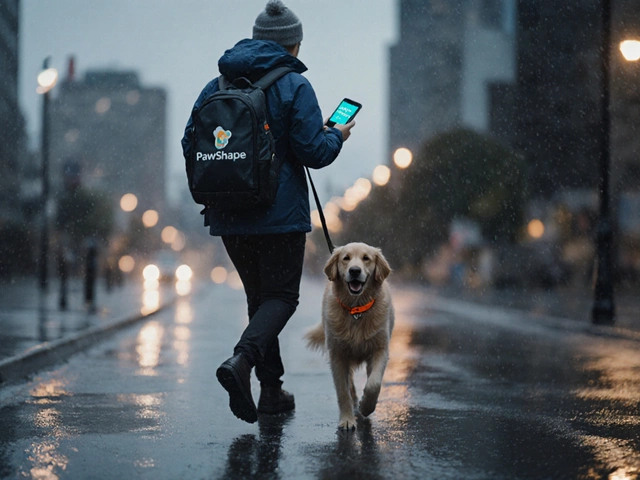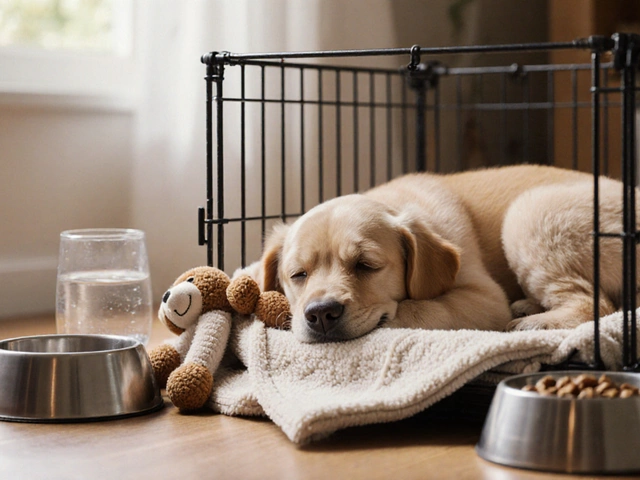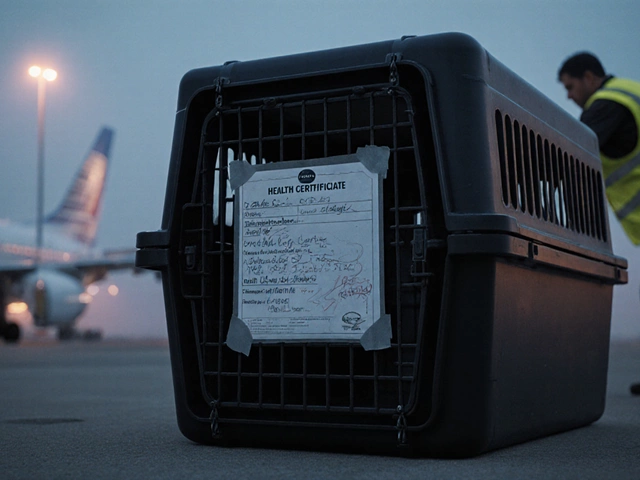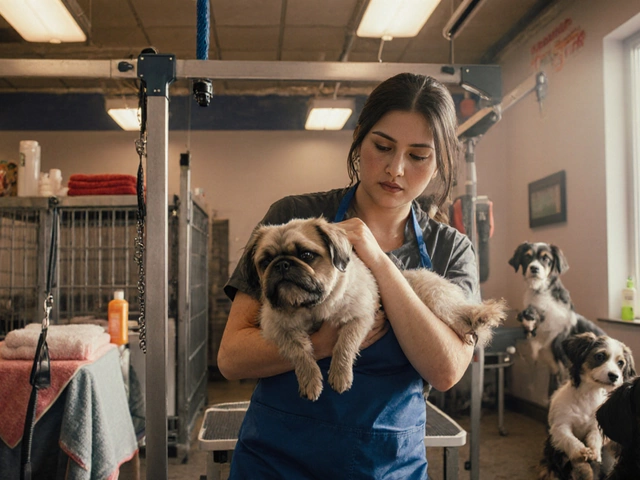Dog Airline Rules: Your Quick Guide to Flying with a Pup
Getting a dog on a plane can feel like a maze, but it doesn’t have to be stressful. Below you’ll find the key rules most airlines use, plus practical tips that make the whole process smoother for you and your furry friend.
Cabin or Cargo? How Airlines Split the Rules
First, decide whether your dog will travel in the cabin or in the cargo hold. Most airlines let small dogs (usually under 15‑20 lb) in the cabin if they stay in an approved carrier that fits under the seat. The carrier must be leak‑proof, well‑ventilated, and able to close securely.
If your dog is bigger, or if the airline doesn’t allow cabin pets on your route, you’ll need to use cargo. Cargo isn’t a freight locker—it’s a temperature‑controlled, pressurized area designed for live animals. Airlines typically require a sturdy, airline‑approved crate with a metal door, proper bedding, and a clear label with your contact info.
Breed and Size Limits You Can’t Ignore
Some breeds face extra restrictions. Brachycephalic dogs like bulldogs, pugs, and French bulldogs are often banned from cargo because they can overheat easily. Certain airlines also limit the total weight of pet plus carrier, so double‑check the policy before you book.
Size matters for cabin travel, too. If your carrier is too big, the airline will refuse it at check‑in. Measure the carrier’s length, width, and height and compare it to the airline’s maximum dimensions (commonly around 18" L × 11" W × 11" H).
Paperwork and Health Checks
Every airline asks for a recent health certificate—usually signed within 10 days of travel. The vet must confirm your dog is up‑to‑date on vaccinations and fit to fly. Some destinations require additional paperwork, like an import permit or a rabies titer test. Keep all documents in a folder that you can hand to the agent quickly.
Don’t forget a microchip number on the health certificate if your dog is chipped. It speeds up verification and can be a lifesaver if the pet gets separated during travel.
Preparing Your Dog for the Trip
Start crate training weeks ahead. Let your dog explore the carrier at home, place favorite toys inside, and feed meals there. This turns the crate into a safe space instead of a scary box.
On the day of travel, give a light meal a few hours before the flight and keep water accessible. Avoid giving a big meal right before takeoff to reduce the chance of an upset stomach.
If you’re flying in cargo, arrive early—at least two hours before departure—to give airline staff time to handle the crate properly. Ask the crew to confirm the crate’s placement and temperature control.
What to Expect at the Airport
When you check in, a staff member will usually inspect the carrier and confirm paperwork. If your dog is in cargo, they’ll tag the crate and load it onto a dedicated animal conveyor. You’ll receive a receipt with a tracking number so you can follow the crate’s progress.
For cabin pets, the flight attendant will store the carrier under the seat. Keep the carrier closed, but be ready to comfort your dog if they whine or bark during takeoff and landing.
Final Checklist Before You Book
- Confirm your airline’s pet policy (size, breed, weight limits).
- Reserve a pet spot early—many airlines cap the number of pets per flight.
- Get a health certificate from your vet within the required time frame.
- Choose an airline‑approved carrier that meets cabin or cargo specs.
- Practice crate training and pack a travel kit (leash, waste bags, water bottle).
Following these rules and tips will help you avoid last‑minute surprises and make the journey as calm as possible for you and your dog. Safe travels!

Flying With Dogs: Can Your Dog Sit on the Airplane Seat? (Rules, Tips & Airline Requirements)
Wondering if your dog can ride on an airplane seat? Unpack airline rules, real tips, stories, and everything dog owners need before booking the next flight.
read more



